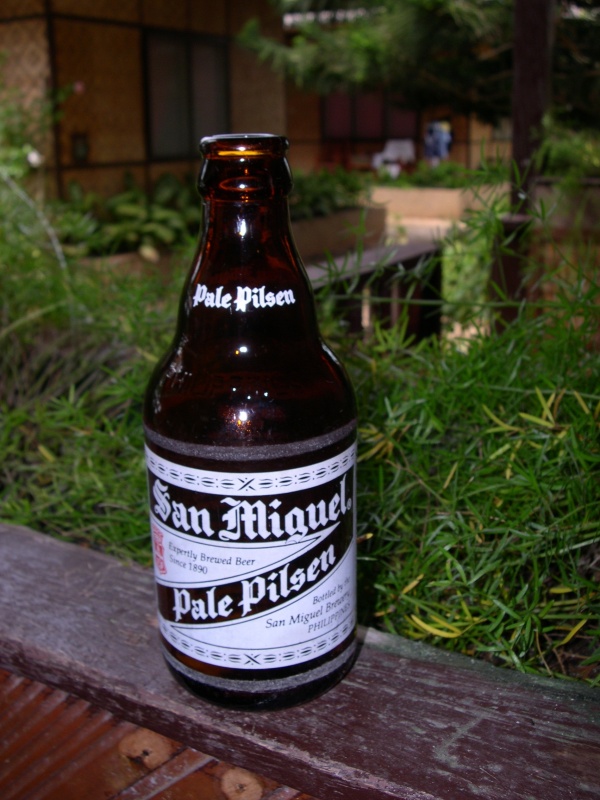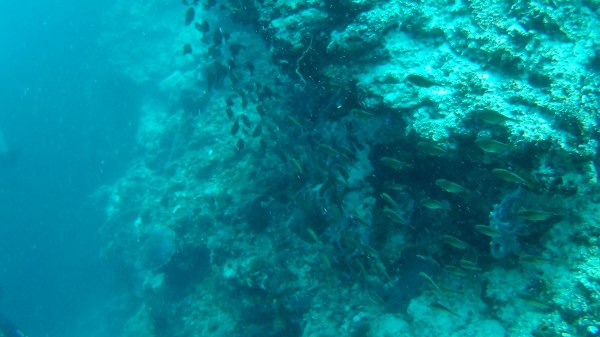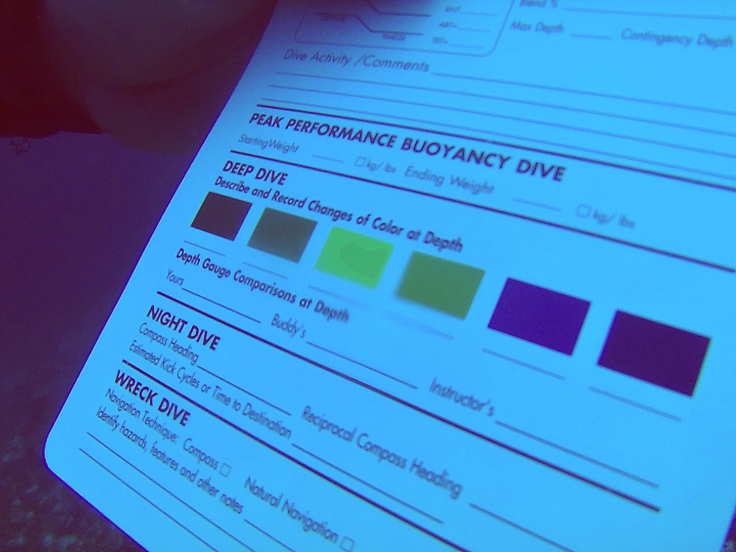Considering how alcohol and diving don’t mix, I am amazed by the frequency and volume of beer consumption that I routinely witness. In addition to drinking beer together, scuba diving professionals also incur “debts” among each other, and these debts are paid off in beer.
For example, someone is supposed to do something around the dive shop but doesn’t, that person’s “discipline” is owing someone else a beer. The debt might belong to an IT person, or a manager, or just about anyone else, it seems.
Then, one day, I was accused of not doing something. I’m not even a dive professional, but that didn’t seem to matter.
I was tasked with forming a group, and I left one person out. The group consisted of individuals who had all not done something. The one person left out, who tried to assess me a debt of one beer, was intentionally left out because she had been the only one to do what they were all supposed to do.
So, I got out of my beer debt for three reasons:
1. I didn’t forget to include her, as she had accused me of doing.
2. I had actually been given a list from someone else of people to include… blame him!
3. I don’t buy beer.
I told her, had I been guilty, that I would buy something strong enough to allow her to see through time and space, but I would never buy beer. Wild Turkey barrel stock, OK. Bacardi 151, OK. But, I’m going to get power for my pesos….
















